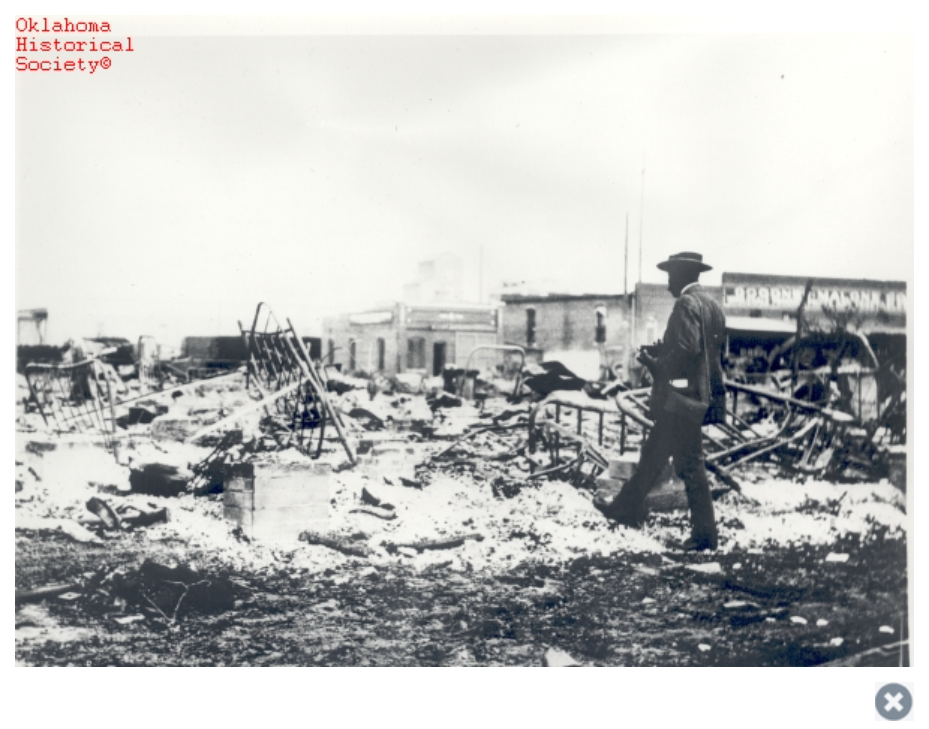As the nation recently marked the 104th anniversary of the Tulsa Race Massacre, renewed attention is being drawn to a U.S. Department of Justice report released earlier this year.
That report described the 1921 atrocity as a “coordinated, military-style attack” on Black residents in the Greenwood district—a thriving community often referred to as “Black Wall Street.”
The January 2025 report, issued under the Emmett Till Unsolved Civil Rights Crimes Act, marked the federal government’s most comprehensive and direct acknowledgment of the scale and intentionality of the violence, which resulted in the deaths of an estimated 300 Black residents and the destruction of 35 blocks of Black-owned homes, churches, and businesses.

Kristen Clarke, who served as Assistant Attorney General for the Civil Rights Division from 2021 to 2025, delivered a powerful statement upon the report’s release.
“The Tulsa Race Massacre stands out as a civil rights crime unique in its magnitude, barbarity, racist hostility, and its utter annihilation of a thriving Black community,” Clarke said during her January address. “This was not uncontrolled mob violence. It was a coordinated military-style attack on Greenwood.”
The report documents the role of law enforcement and public officials in enabling the attack, noting that many survivors were rounded up and detained in internment camps. The massacre was ignited by false allegations that a Black teenager had assaulted a white woman in an elevator, though historians point to deeper causes rooted in racial capitalism and resentment over Greenwood’s economic success.
While the Justice Department confirmed that no living perpetrators remain, it disclosed the importance of a full historical reckoning—even if criminal prosecutions are no longer possible.
The release of the report came just months before the Oklahoma Supreme Court, in June 2024, dismissed a high-profile lawsuit brought by the last two known survivors—Lessie Benningfield Randle, 110, and Viola Ford Fletcher, 111—who were seeking reparations for the trauma and generational losses they endured.
A 2018 study published in the American Journal of Economics and Sociology estimated that the financial damages from the massacre—including lost homes, businesses, personal property, and community infrastructure—totaled approximately $1.8 million in 1921 dollars, equivalent to more than $200 million today. No survivors or descendants have ever received compensation.
Though the January report did not trigger legal consequences, many advocates and community members believe it should serve as a catalyst for reparative action.
More than a century after the Greenwood neighbourhood was destroyed, the Justice Department’s public admission has renewed national calls for justice and accountability.
As Clarke noted in her remarks: “Now more than 100 years later, there is no living perpetrator for the Justice Department to prosecute. But the historical reckoning for the massacre continues.”
